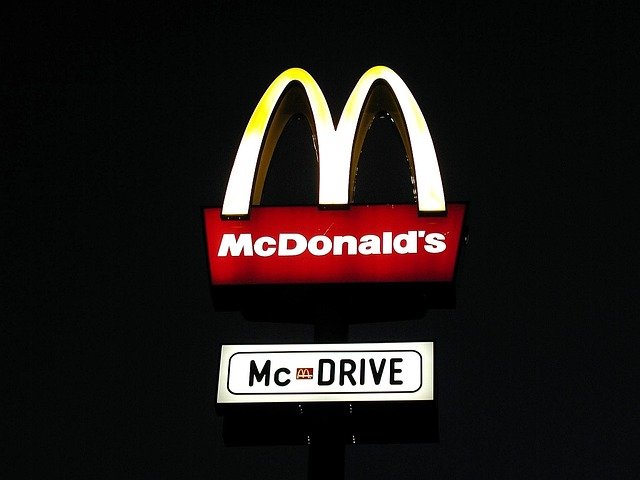How the Student Loan Forgiveness Programs Work
This guide outlines the main types of U.S. student loan forgiveness and what borrowers typically review before applying. It explains common pathways—public service programs, income-driven repayment forgiveness after qualifying payments, occupation-specific options such as teaching service, and limited relief related to school closure or misconduct—and clarifies typical factors like eligible loans, qualifying employment or service, required documentation, and processing timelines. The article also notes how consolidation, recertification, deferment or forbearance, and missed payments may affect progress, and lists steps to verify details through official servicer and government sources. Editorial information only; no guarantees or legal advice.

Student loan forgiveness programs provide eligible borrowers with opportunities to have their federal education debt partially or completely eliminated. These government-backed initiatives target specific professions, income levels, and repayment situations, offering relief to millions of Americans struggling with educational debt.
The federal government operates several distinct forgiveness programs, each with unique requirements and benefits. Public Service Loan Forgiveness (PSLF) serves government and qualifying nonprofit employees, while income-driven repayment forgiveness helps borrowers with extended payment periods. Teacher loan forgiveness targets educators in low-income schools, and specialized programs exist for healthcare workers, military personnel, and other public service professionals.
Qualifying Loans and Employment Requirements
Forgiveness programs typically require federal Direct Loans, though some accept Federal Family Education Loan (FFEL) Program loans after consolidation. Private loans generally do not qualify for federal forgiveness programs. Employment requirements vary significantly between programs, with PSLF requiring full-time work at qualifying government organizations or 501(c)(3) nonprofits.
Qualifying employment must meet specific criteria, including working at least 30 hours per week or meeting the employer’s definition of full-time. Borrowers must maintain this employment throughout their repayment period to remain eligible. Some programs allow for breaks in qualifying employment, while others require continuous service.
Required Documentation and Application Timelines
Successful forgiveness applications require meticulous documentation and adherence to strict timelines. Borrowers must submit annual employment certification forms, maintain detailed records of payments, and provide proof of qualifying employment. The PSLF program requires 120 qualifying monthly payments under eligible repayment plans while working for qualifying employers.
Documentation requirements include employment verification letters, tax returns, loan servicer statements, and completed application forms. Missing or incorrect paperwork can delay processing or result in application denial. Borrowers should maintain organized records throughout their repayment period and submit required forms promptly to avoid complications.
Effect of Consolidation and Loan Recertification
Loan consolidation can significantly impact forgiveness eligibility and timelines. Consolidating loans through the Direct Consolidation Loan program may reset payment counts for PSLF, potentially extending the time needed to reach forgiveness. However, consolidation can make FFEL loans eligible for certain forgiveness programs.
Recertification processes require annual income verification for income-driven repayment plans. Borrowers must submit updated financial information to maintain their payment calculations and forgiveness eligibility. Missing recertification deadlines can result in higher monthly payments and potential loss of forgiveness progress.
Understanding the Complete Forgiveness Process
The forgiveness process begins with selecting an appropriate program and repayment plan. Borrowers must understand their loan types, employment requirements, and documentation needs before beginning the forgiveness journey. Regular communication with loan servicers helps ensure proper payment tracking and program compliance.
Processing times vary between programs, with some taking several months to complete applications. PSLF applications typically process within 90 days, while income-driven repayment forgiveness may take longer due to higher application volumes. Borrowers should continue making payments during the review process to maintain good standing.
| Program Type | Forgiveness Timeline | Employment Requirement | Loan Types Accepted |
|---|---|---|---|
| Public Service Loan Forgiveness | 10 years (120 payments) | Government/Nonprofit | Direct Loans |
| Income-Driven Repayment | 20-25 years | No specific requirement | Direct and FFEL |
| Teacher Loan Forgiveness | 5 years teaching | Low-income schools | Direct and FFEL |
| Military Service | Varies by program | Active duty service | Direct and FFEL |
Forgiveness timelines and requirements mentioned in this article are based on current federal program guidelines but may change due to policy updates. Independent verification of program details is recommended before making financial decisions.
Common Challenges and Success Strategies
Many borrowers face challenges navigating forgiveness programs, including servicer errors, documentation issues, and changing program requirements. Successful applicants typically maintain detailed records, communicate regularly with servicers, and stay informed about program updates. Creating a systematic approach to documentation and deadline management increases the likelihood of successful forgiveness.
Understanding program nuances helps borrowers avoid common pitfalls that could jeopardize their forgiveness eligibility. Working with financial advisors or student loan counselors can provide additional guidance for complex situations involving multiple loans or employment changes.
Student loan forgiveness programs offer valuable opportunities for debt relief, but success requires careful planning, consistent documentation, and patience throughout the process. Borrowers who understand program requirements and maintain organized records position themselves for the best possible outcomes in achieving loan forgiveness.




